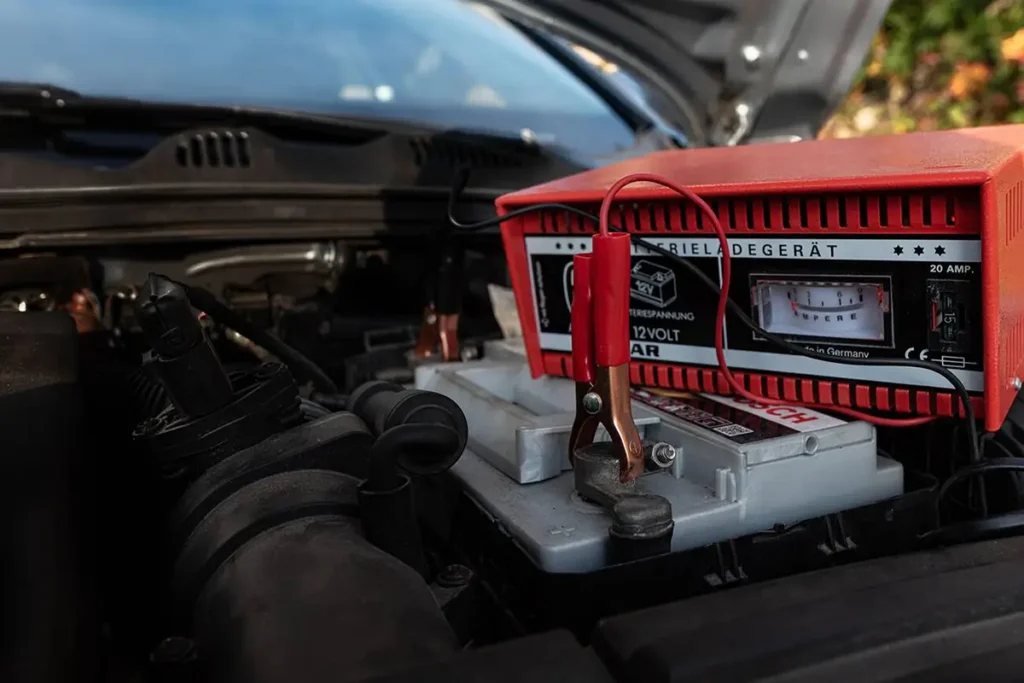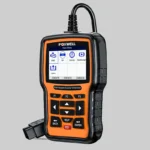Keeping your car battery in tip-top shape is crucial. Imagine being stuck in the middle of nowhere with a dead battery. Not fun, right? Regular testing can prevent such headaches and keep your vehicle running smoothly. Let’s dive into when and how often you should test your car battery, and the best practices to keep it in great condition.
- Why Regular Battery Testing is Important
- How Often Should You Test Your Car Battery?
- How to Test Your Car Battery
- Maintaining Your Car Battery
- Signs That Your Battery Needs Immediate Testing
- How to Perform a Voltage Test
- How to Perform a Load Test
- What to Do If Your Battery Fails the Test
- Tips for Extending Battery Life
Why Regular Battery Testing is Important
Car batteries aren’t just about starting your car. They power lights, windows, and other essential components. Over time, batteries wear out due to factors like driving habits, weather, and age. Regular testing can help you catch problems early, saving you from inconvenient and often costly surprises.

How Often Should You Test Your Car Battery?
- Twice a Year: The golden rule is to test your battery at least every six months. Mark your calendar to coincide with other routine maintenance tasks. This regular check can help identify potential issues before they escalate.
- Before Long Trips: Planning a road trip? Give your battery a check. A little precaution can save you from being stranded miles away from help.
- Signs of Trouble: If your car’s having trouble starting, or if the lights are dim, it’s time for a battery test. Ignoring these signs can lead to bigger problems down the road.
How to Test Your Car Battery
- Visual Inspection: Start simple. Look at your battery. Check for corrosion on the terminals, any cracks in the battery case, or bulges. A clean battery is a happy battery. Use a mixture of baking soda and water to clean off any gunk.
- Voltage Test with a Multimeter: Grab a multimeter and check the battery voltage. A fully charged battery should read around 12.6 volts or higher. If it’s below 12.4 volts, you might have a problem.
- Load Test: Use a car battery tester for this one. It checks how well your battery can hold voltage under load. A healthy battery should maintain at least 9.6 volts for 15 seconds.
- Professional Testing: Not comfortable doing it yourself? No problem. Many auto parts stores and service centers offer free battery testing. They can provide a more detailed analysis and advice.
Maintaining Your Car Battery
- Keep It Clean: Regularly clean the terminals and ensure they are free of corrosion. Dirty terminals can reduce the battery’s efficiency.
- Secure Connections: Make sure the battery is firmly mounted and the connections are tight. Loose connections can lead to starting issues.
- Limit Short Trips: Short trips can prevent your battery from fully charging. Try to combine errands into longer trips to keep the battery charged.
- Protect from Extreme Temperatures: Extreme cold or heat can affect your battery’s performance. Park in a garage if possible, or use a battery blanket in colder climates.
Signs That Your Battery Needs Immediate Testing
- Slow Engine Crank: If your car takes longer to start than usual, it’s a red flag.
- Dim Lights: If your headlights or interior lights seem dimmer, your battery might be losing its charge.
- Check Engine Light: Sometimes, a dying battery can trigger the check engine light.
- Old Age: Car batteries typically last 3-5 years. If yours is older, it’s wise to test it regularly.
Table: Battery Testing Methods
| Method | Description | Tools Needed |
|---|---|---|
| Visual Inspection | Look for corrosion, cracks, and bulges | None |
| Voltage Test | Check battery voltage using a multimeter | Multimeter |
| Load Test | Assess battery’s ability to hold voltage under load | Car battery tester |
| Professional Testing | Detailed analysis at auto parts stores or service centers | None, provided by service |
How to Perform a Voltage Test
- Turn Off the Engine: Make sure your car is off.
- Set Multimeter to DC Voltage: Set it to 20V.
- Connect Probes: Red to positive, black to negative terminal.
- Read the Voltage: A reading of 12.6V or higher means the battery is fully charged. Below 12.4V could indicate a problem.
How to Perform a Load Test
- Fully Charge the Battery: Ensure the battery is fully charged.
- Use a Battery Tester: Connect the tester according to the instructions.
- Apply Load: Test the battery by applying a load equal to half the battery’s cold cranking amps (CCA) rating.
- Check the Reading: The voltage should stay above 9.6V for 15 seconds.
What to Do If Your Battery Fails the Test
- Recharge or Replace: If your battery fails the voltage or load test, it might need recharging or replacement.
- Clean Terminals: Sometimes, cleaning the terminals and connections can improve performance.
- Professional Help: If in doubt, seek professional advice. A mechanic can provide a detailed diagnosis and recommend the best course of action.
Tips for Extending Battery Life
- Regular Maintenance: Clean the battery and terminals regularly.
- Avoid Short Trips: Combine errands to allow the battery to fully charge.
- Protect from Extreme Temperatures: Use a garage or battery blanket in extreme weather.
- Check Fluid Levels: For batteries with removable caps, check and top off the fluid levels with distilled water if necessary.

Matthew Dowell
Matthew, a seasoned builder from a family of craftsmen, leads Tools Trove. His passion for tools and decades of hands-on experience fuel his commitment to providing expert reviews and insightful content. Whether you’re a pro or a DIY enthusiast, Matthew’s guidance ensures informed decisions in the world of tools.




